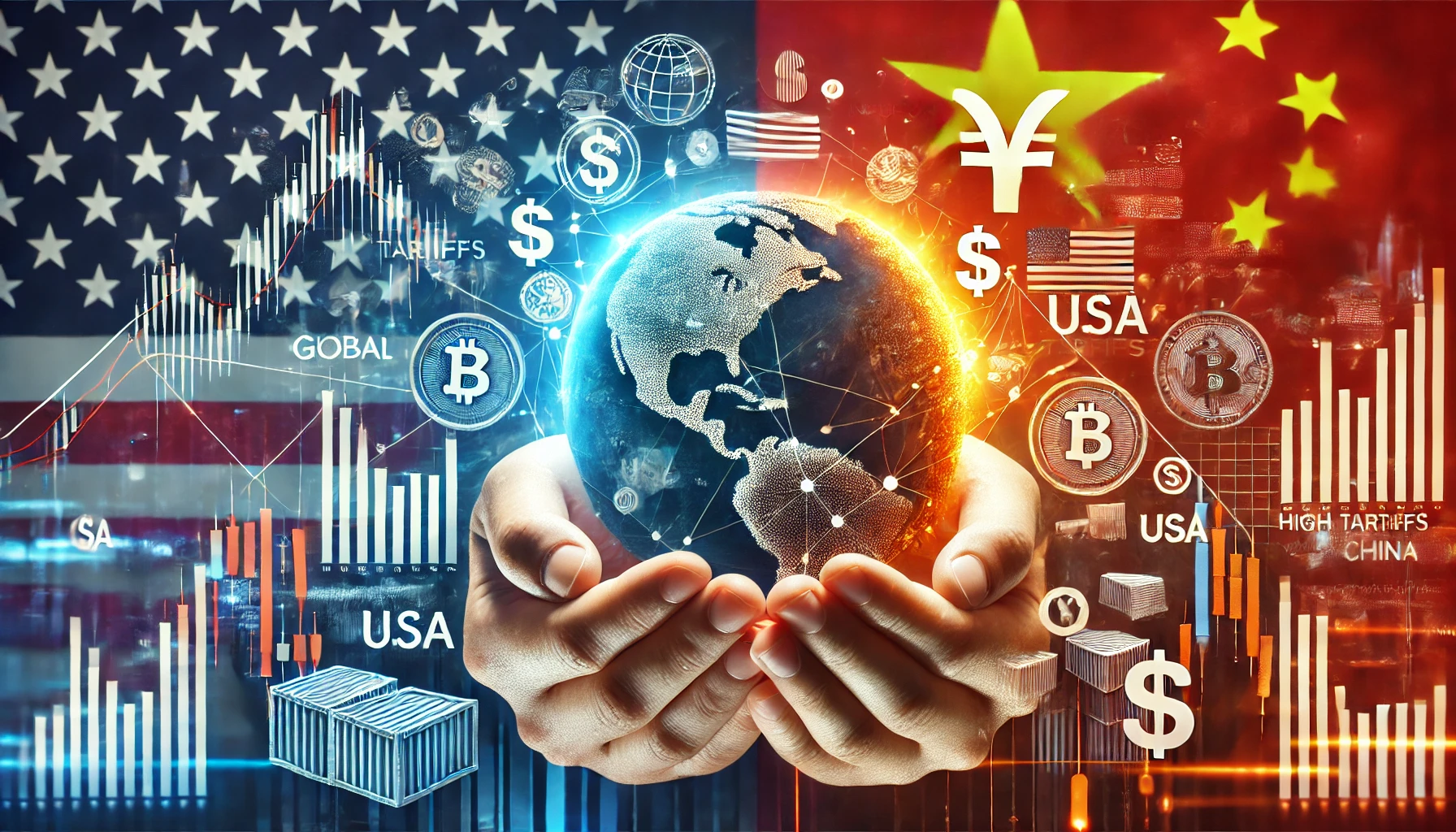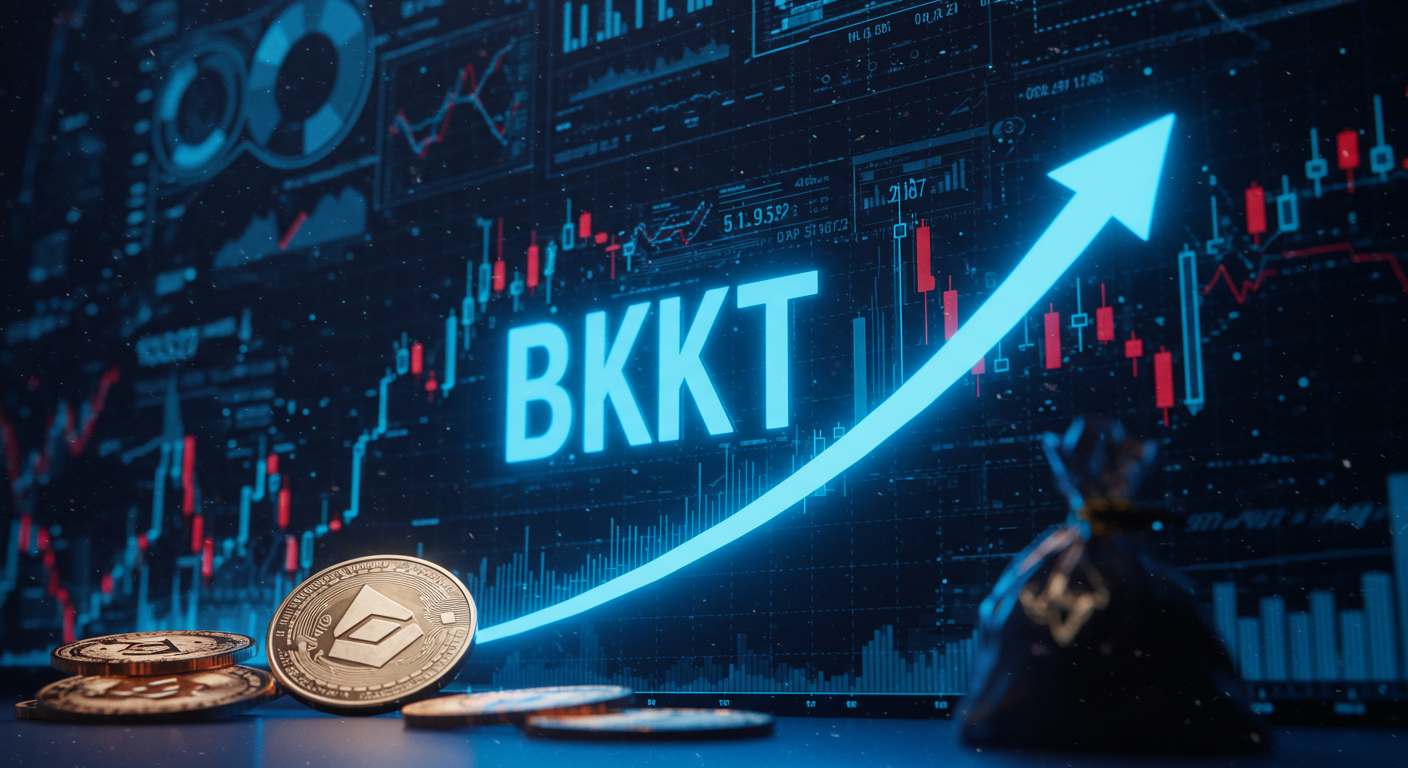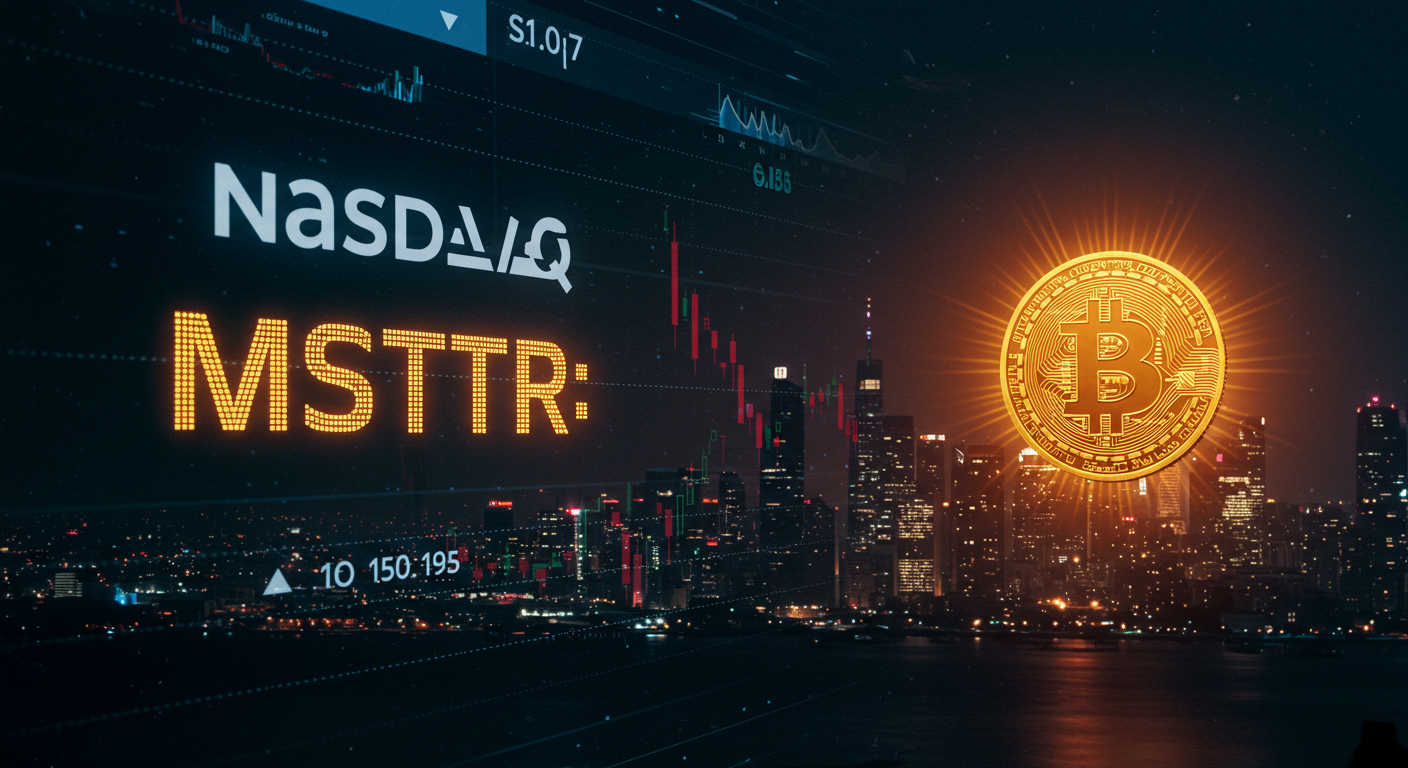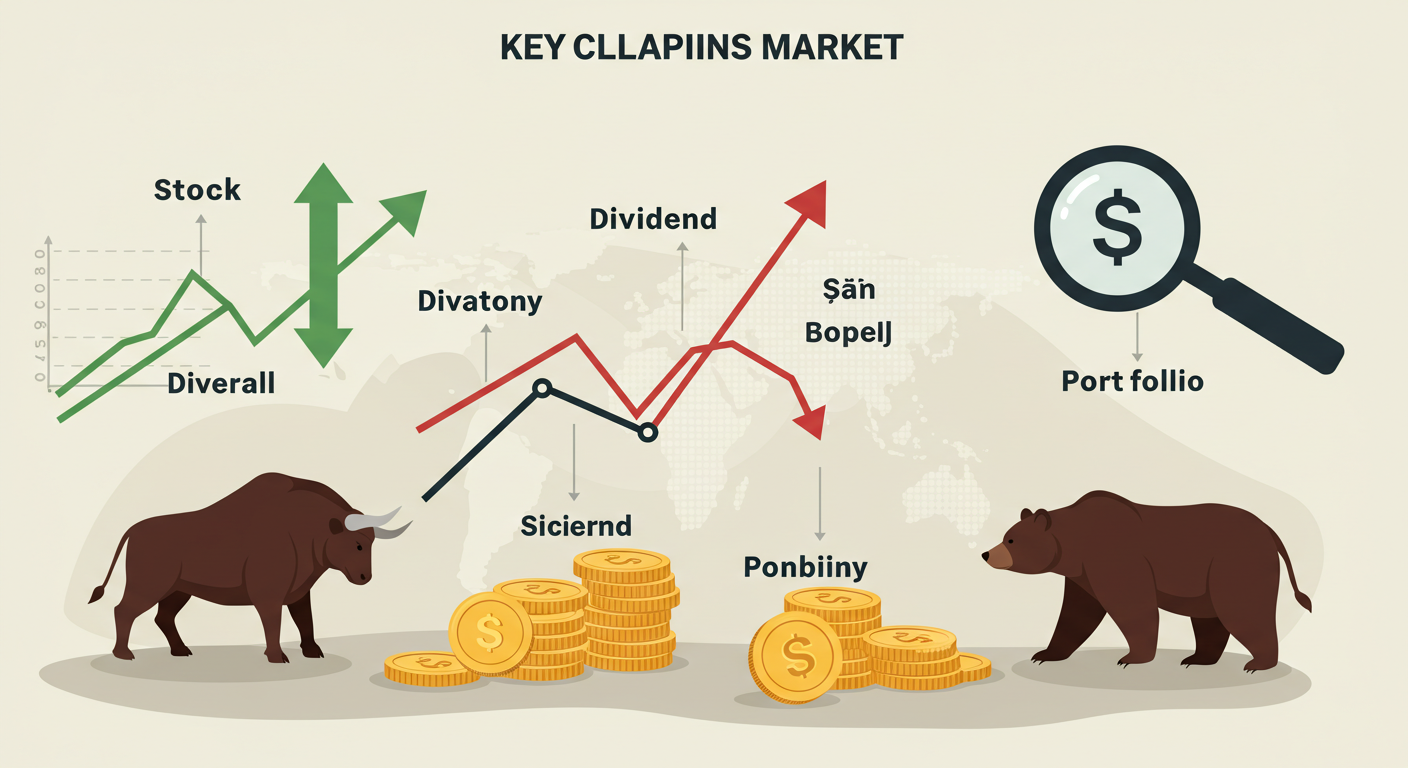US and China Tariffs: Economic Impacts and Market Reactions
The trade war between the United States and China has changed how the world trades. Tariffs, which are taxes on imported goods, have grown very high. This affects businesses, shoppers, and markets. In 2025, new tariffs have made things even more complex. This article explains the economic impacts and market reactions in simple terms. It uses clear examples and trusted sources to show what’s happening.
I’m Jose E. McKenna, a crypto and finance writer with four years of experience. I’ve studied trade policies and their effects on markets. My work focuses on making tough topics easy to understand. Here, I’ll break down how tariffs affect the US, China, and the world.
Why Tariffs Matter
Tariffs are taxes on goods coming into a country. They make foreign products cost more. This can help local businesses but also raises prices for shoppers. The US and China have raised tariffs a lot in 2025. This started when President Donald Trump added new taxes on Chinese goods. China fought back with its own tariffs. These moves have big effects on both countries and beyond.
The trade war began years ago. It’s about trade imbalances, where one country buys more than it sells. It’s also about protecting local jobs and technology. In 2025, tariffs hit new highs. For example, the US put a 54% tariff on Chinese goods. China added 10-15% tariffs on US farm products like wheat and pork. These changes shake up economies and markets.
Economic Impacts on the United States
Tariffs change how money flows in the US. They bring in cash for the government but make things cost more. Here’s how they affect the US economy.
Higher Prices for Shoppers
Tariffs make imported goods more expensive. US companies pay these taxes when they bring in Chinese products. Most times, they pass the cost to shoppers. For example, a toaster oven from China might cost 10-15% more now. Things like shoes, clothes, and electronics also get pricier. This hits lower-income families hardest. They spend more of their money on these goods.
Studies show US shoppers bear most tariff costs. Foreign companies rarely lower their prices to help. This acts like a tax on everyday items. Gas prices could jump 50 cents per gallon in some areas. That’s because Canada and Mexico, also hit by tariffs, supply most US oil.
Effects on Businesses
US businesses face tough choices. They can pay higher costs or raise prices. Some might lose profits. Others might stop importing from China. This hurts industries like cars, where half of US auto parts come from neighbors like Mexico. If parts cost more, cars do too.
Tariffs can help some US companies. For example, local steel makers might sell more if Chinese steel gets too expensive. But many businesses rely on cheap imports. Higher costs slow their growth. They might hire fewer workers or cut investments. Small businesses feel this the most. They can’t absorb big cost increases.
Jobs and the Economy
Tariffs aim to save US jobs. By making Chinese goods cost more, they push buyers to US products. This can help factories in places like Ohio or Michigan. But the picture isn’t simple. Higher prices can slow spending. If people buy less, businesses might cut jobs. One study says tariffs could raise US unemployment to 5-6% by late 2025.
The US economy might shrink too. Experts estimate tariffs could cut US GDP by 1.3% in the long run. That’s billions of dollars in lost growth. A recession, where the economy shrinks for months, is a real risk. If shoppers and businesses lose confidence, they spend less. This makes things worse.
Government Revenue
Tariffs bring in money for the US government. One estimate says they could add $100 billion a year. This helps pay for things like tax cuts. But it’s not free money. Higher prices hurt shoppers and businesses. The extra cash might not balance out the economic damage.
Economic Impacts on China
China’s economy feels the tariffs too. It sells a lot to the US, so higher taxes hit hard. Here’s what’s happening in China.
Slower Export Growth
China’s exports to the US dropped 33% in August 2025. That’s a big fall from July’s 7.2% growth. The US is a huge market for Chinese goods like toys and clothes. With 54% tariffs, these products cost too much for many US buyers. China’s total export growth slowed to 4.4%, the weakest since early 2025.
This hurts China’s economy. Exports make up about 3% of its GDP. Losing US sales cuts growth. Experts predict China’s GDP could drop 2.6% in 2025 due to tariffs. That’s a big hit for a country already facing challenges like a weak housing market.
China’s Response
China is fighting back. It put 10-15% tariffs on US farm goods like corn and pork. It’s also buying more from countries like Brazil and Australia. This reduces its need for US products. China plans to spend 6 trillion RMB ($823 billion) more in 2025 to boost its economy. It’s also cutting bank rates to make borrowing easier.
These steps help but won’t fix everything. High US tariffs still hurt. China’s trying to trade more with other countries. But replacing the US market takes time.
Long-Term Changes
China’s looking to rely less on exports. It wants to grow its own industries. For example, it’s pushing local tech companies to make chips and phones. This could make China stronger in the future. But for now, tariffs slow its growth. Factories might lay off workers. Smaller cities feel this the most.
Global Market Reactions
Tariffs don’t just affect the US and China. They shake up global markets. Here’s how investors and markets react.
Stock Market Shakes
When tariffs were announced in April 2025, stock markets dropped. The US and Chinese markets felt it most. For example, US car company stocks fell because they rely on cheap parts from China. Tech stocks, like those for chip makers, also dropped. Investors worry tariffs will raise costs and cut profits.
Global markets react too. European stocks dipped as trade fears grew. If the US and China trade less, other countries lose business. For example, Germany sells cars to both nations. Tariffs could cut those sales. Investors sell stocks when they’re scared, causing market dips.
Currency Changes
Tariffs affect money values. The US dollar got stronger after tariff news. That’s because investors see the US as safer than China. But a strong dollar makes US goods more expensive abroad. This hurts US exports like wheat or planes.
China’s currency, the yuan, weakened. A weaker yuan makes Chinese goods cheaper, which helps exports. But it also makes imports cost more for Chinese shoppers. This adds to inflation, where prices rise.
Supply Chain Issues
Tariffs mess up supply chains. These are the paths goods take from factories to stores. For example, many US electronics use Chinese parts. With tariffs, those parts cost more or disappear. Companies might move factories to places like Vietnam. But this takes years and lots of money.
Car makers face big problems. The US imports half its auto parts from Canada and Mexico. New 25% tariffs there raise car prices. This could slow sales and hurt jobs in Detroit or Alabama.
Global Trade Slowdown
The world economy feels the pain. Tariffs could cut global GDP by 0.3% soon. Half of that comes from lost confidence. Businesses hold back on spending. Shoppers buy less. This slows trade everywhere. Countries like Japan or Brazil, which sell to both the US and China, lose out.
Why Tariffs Are Happening
The US says tariffs fix trade imbalances. It buys way more from China than it sells. In 2023, the US imported $448 billion from China but exported only $150 billion. Tariffs aim to make US goods more competitive. They also protect jobs in industries like steel or tech.
China says US tariffs break trade rules. It argues they hurt fair competition. China’s tariffs on US goods, like soybeans, hit back at American farmers. This is a tit-for-tat game. Both sides want to look strong.
There’s also geopolitics. The US says tariffs stop China from dominating tech, like chips for phones. China says it’s defending its growth. Both sides want control over key industries.
Winners and Losers
Tariffs create winners and losers. Here’s a quick look.
- Winners in the US: Steel makers, some factories, and the government (from tariff money).
- Losers in the US: Shoppers, small businesses, and industries like cars or tech.
- Winners in China: Local tech firms and countries like Brazil that sell to China.
- Losers in China: Exporters, factory workers, and cities tied to US trade.
Globally, countries like Vietnam or India might gain. They could take China’s place as low-cost suppliers. But most nations lose if trade slows.
Long-Term Effects
Tariffs could change the world economy for years. The US might make more goods at home. This could create jobs but raise prices. China might grow its own industries. This makes it less reliant on the US but takes time.
Global trade might split into blocs. The US could trade more with allies like Canada. China might focus on Asia and Africa. This could make trade less efficient. It might also raise tensions between countries.
Markets will keep reacting. Investors hate uncertainty. If tariffs stay high, stocks could stay shaky. A worst-case scenario is a big market crash. If people lose trust in the US economy, money could flow out. The dollar might weaken.
How to Understand Market Moves
Markets move fast when tariffs hit. Here’s how to read them.
- Stock Drops: Watch car, tech, and retail stocks. They fall first.
- Currency Shifts: A stronger US dollar or weaker yuan signals tariff fears.
- Bond Yields: These rise when investors expect inflation from tariffs.
- Commodities: Oil and metal prices jump if supply chains break.
Use tools like Google Finance to track these. Check news from trusted sites like Reuters or Bloomberg. They explain market moves clearly.
What Can Be Done
The US and China are talking to lower tariffs. But no big deal has happened yet. Here’s what might help.
- Trade Talks: Both sides need to agree on fair rules. This could lower tariffs.
- Diversify Trade: The US could buy more from India or Mexico. China could sell more to Europe.
- Support Businesses: Governments could help small firms with tax breaks.
- Watch Inflation: Central banks, like the Federal Reserve, could adjust rates to keep prices stable.
Individuals can act too. Shoppers might buy local to avoid tariff costs. Businesses could look for new suppliers. Investors should spread their money across different industries to stay safe.
Conclusion
The US-China tariff war affects everyone. It raises prices, slows trade, and shakes markets. The US sees higher costs and some job gains. China faces export losses but is adapting. Global markets wobble as trade slows. Both sides want to protect their economies, but tariffs hurt more than they help in many cases.
Understanding these impacts helps you make smart choices. Watch market signals like stocks or currencies. Stay informed with trusted sources. Share your thoughts below—what do you think tariffs will do next?
ALSO READ: ETFSwap Audit: A Deep Dive into Compliance and Risk Management
Disclaimer: This article is for information only. It is not financial advice, legal advice, or investment advice. I am not telling you to buy, sell, or trade anything. The ideas here are my own research and views. This is not a promotional or affiliate article. Always check trusted sources and talk to a professional before making decisions.












Leave a Reply